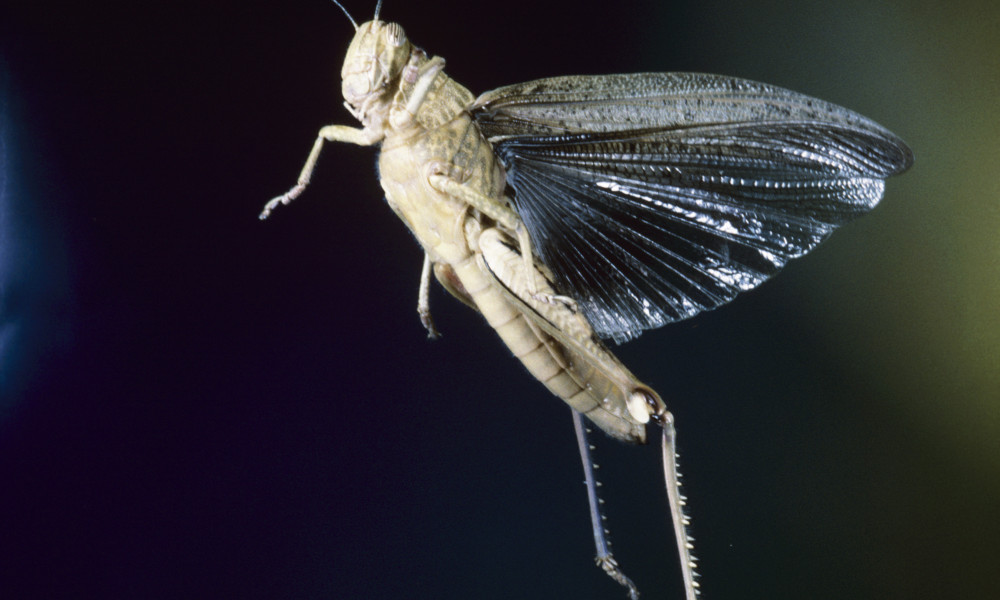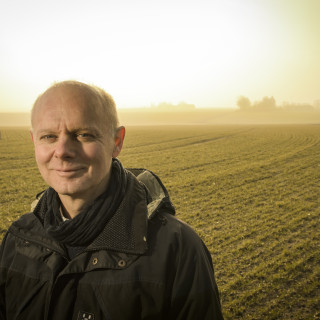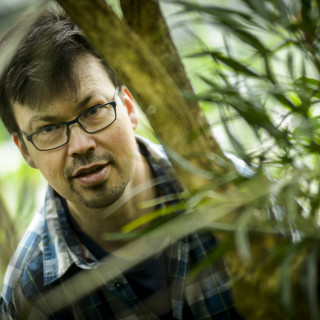Diversity in a warmer world
Opinion by Henrik Smith, Professor of Biodiversity at Lund University
2013
After an unusually long and cold winter, I am enjoying the sun on this May day. When you see the new growth sprouting and hear the buzzing of the queen bees looking for a nest, it is difficult to believe that all is not well in our environment. Yet behind the beautiful façade, something is going on.
This year, spring came late to Sweden, but data collected by amateurs and researchers show a gradual shift year by year; plants flower and bees start to look for nesting sites earlier and earlier in the spring. These ‘phenological’ changes are a clear sign that organisms in nature are affected by the ongoing climate change. A small change each year is barely noticeable, but over the course of decades there is a clear shift that can be documented worldwide.
Since organisms are adapted to different climates, the insidious climate change alters the ability of organisms to compete for resources – species adapted to relatively warmer climates benefit at the expense of others. Around the world, it has been observed that species distribution is shifting towards the poles. In Sweden, the proportion of species with ranges to the south has increased at the expense of species with ranges to the north over the space of just a couple of decades.
Does this matter? You could be led to believe that a parallel shift of the earth’s organisms towards the poles doesn’t matter. But what happens to organisms that don’t have anywhere to expand their distribution? Arctic foxes and other arctic organisms are facing a gloomy future.
However, the situation is not simple for other organisms either. To put it simply, a species has three options: it can evolve to adapt, shift its range or die out. However, climate change is happening at a rate that makes evolutionary adaptation difficult. And because we have overexploited both the agricultural and forest landscapes, it is difficult for many organisms to move as the climate changes. Butterflies, which are dependent on meadows, cannot spread across a landscape of intensive farming. For them, a huge field is as inhospitable and impossible to colonise as a desert. Rare species are often dependent on habitats that have been broken up by human activity, and these species are therefore at risk of extinction as a result of climate change.
Moreover, the climate change is much more complicated than a simple parallel shift of species: species spread at different speeds with climate change and the interaction between organisms that exists today risks being disrupted. Butterflies may manage to spread northwards, but the plants they are reliant on remain where they are. The climate isn’t just about average temperatures either; instead, a changing climate often leads to greater variation in temperature and precipitation, which can cause drought and forest fires in some areas and flooding in others. The overall impact on biodiversity is difficult to predict in detail. However, it is undoubtedly the case that a dramatically warmer climate – two degrees warmer or more – could have dramatic negative consequences for global biodiversity. Calculations show that a large part of the world’s biodiversity could disappear.
A reduction in biodiversity not only risks making the experience of a Swedish spring poorer, it may also lead to direct economic consequences. Many ‘ecosystem services’, i.e. free services that nature supplies us with, for example pollination of crops, or control of pests, are dependent on biodiversity. We have already seen a loss of biodiversity caused by our heavy-handed way of using nature, and climate change therefore risks worsening ongoing depletion.
On the positive side: how dramatic the impact will be depends on what we do, and there is a lot we can do and many opportunities of which we can take advantage. Our research group is trying to find methods to use the agricultural landscape with care, so that biodiversity is preserved and the conditions for food and bioenergy production are improved. In this way, the landscape can also become more resistant and cope better with climate change.
Even in a warmer world, I want to be able to look out across the fields and enjoy the sound of the bees buzzing. I hope that the research I and my colleagues carry out has contributed to an understanding of the importance of preserving conditions for biodiversity, both in the short and the long term. Biodiversity contributes to economic prosperity, our ability to manage climate change and a wonderful experience of spring.




